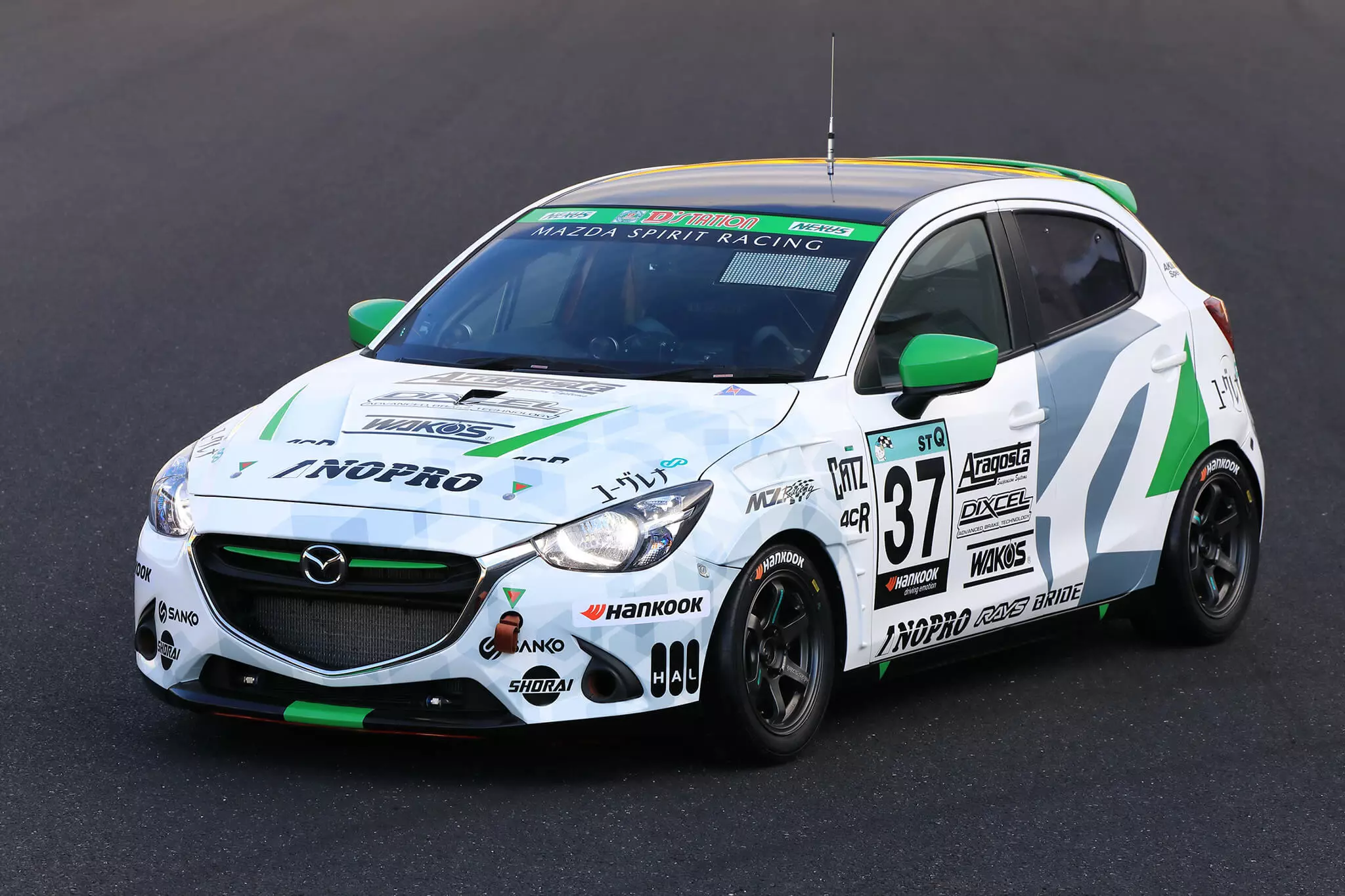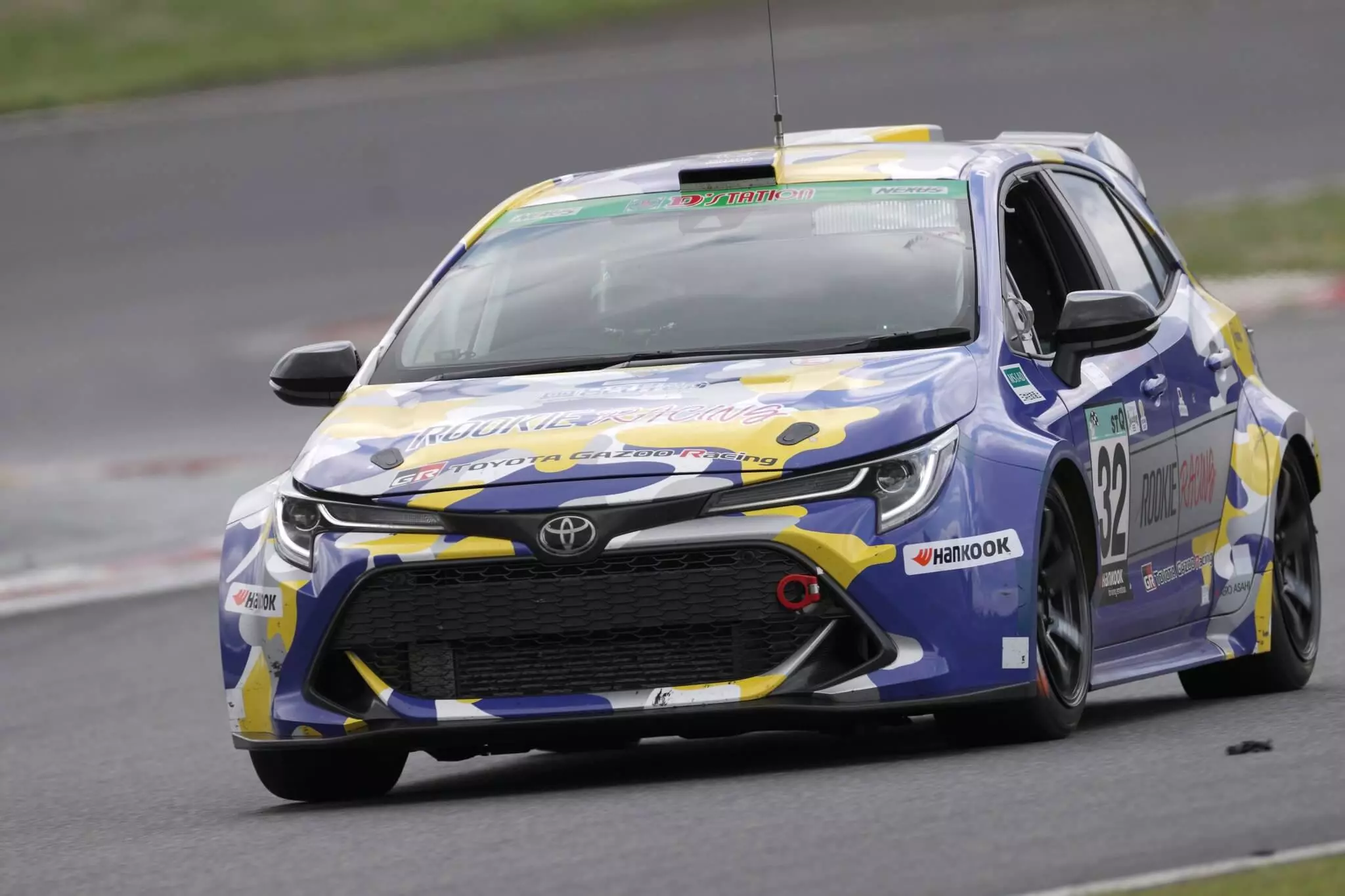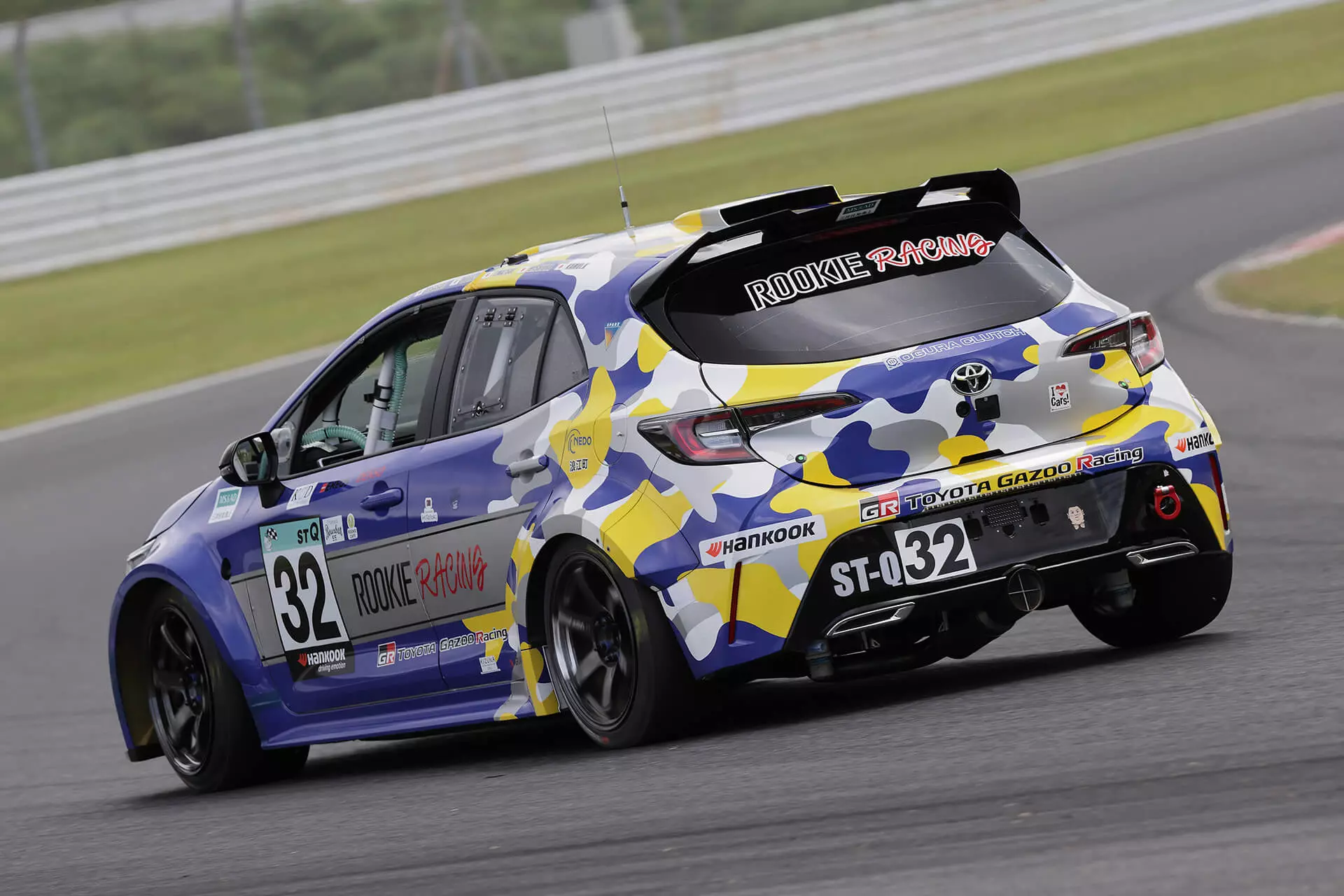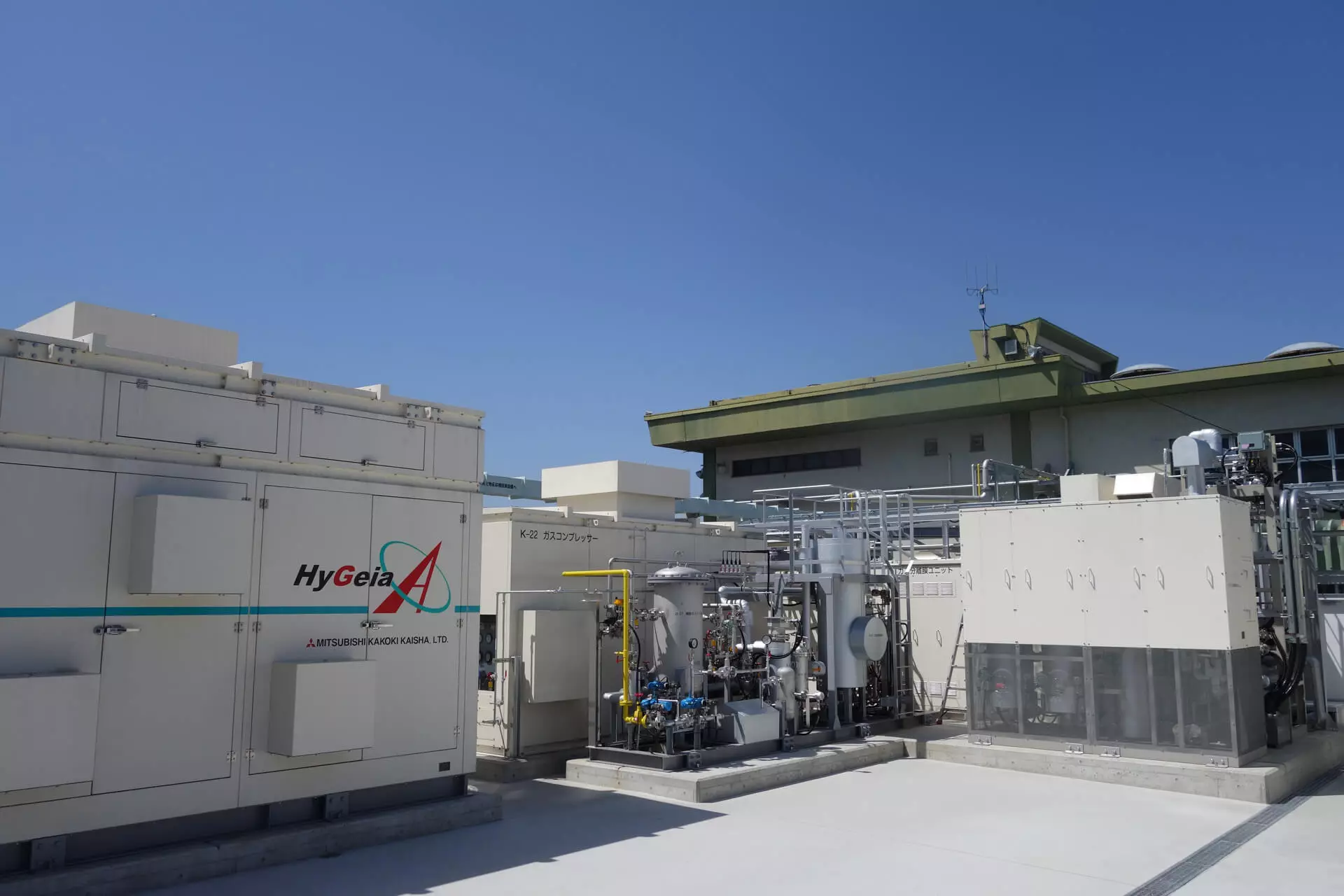In order to achieve the much desired carbon neutrality, in addition to electrification, the alliance formed by Toyota, Subaru, Mazda, Yamaha and Kawasaki Heavy Industries is focusing its efforts on increasing the variety of fuels used by the internal combustion engine.
Meanwhile, on the other side of the world, in Glasgow, Scotland, at the COP26 Climate Conference, several countries, cities, companies and, of course, car manufacturers signed a declaration to accelerate automobile electrification by 2040 and eradicate it for good the internal combustion engine from the equation.
That said, this alliance does not imply they are against electric vehicles — Toyota, Subaru and Mazda have also announced plans to increase electrification of their range. But they continue to defend not only the importance of keeping options open, but also giving their customers the possibility to choose the technology that best suits their needs.
The three initiatives
But such bet on electrification does not mean, according to them, that the internal combustion engine has to be discarded, even taking into account the challenges that will have to overcome in the production, transport and use of these new fuels.
Thus, the five companies decided to unite and pursue three initiatives that were announced and put into practice, for the first time, during the last weekend of November 13 and 14, at 3H of the Super Taikyu Race (endurance race championship ) in Okayama.
- participate in races using carbon neutral fuels;
- explore the use of hydrogen (combustion) engines in motorcycles and other vehicles;
- continue to run with hydrogen (combustion) engines.
That weekend, and going against the first initiative 1), Mazda raced in the ST-Q class (class for non-homologated competition vehicles, that is, of an experimental nature) with a prototype Demio ("our" Mazda2) equipped with a version of the 1.5 Skyactiv-D diesel engine that runs on diesel produced from biomass, supplied by Euglena Co., Ltd.

It is Mazda's intention to carry out as many verification tests as possible, not only to increase the reliability of the technologies used, but also to contribute to the expansion of the use of the next generation of bio-diesel.
On the other hand, both Toyota and Subaru announced their participation in the 2022 season of the Super Taikyu Series, also in the ST-Q class, with, respectively, a GR86 and a BRZ powered by synthetic fuel, also derived from biomass, to accelerate the development of associated technologies.
Regarding initiative 2), Yamaha and Kawasaki started talks for the joint development of a hydrogen engine for motorcycles. They will soon be joined by both Honda and Suzuki, who will look for ways to achieve the coveted carbon neutrality also through the use of internal combustion engines in two-wheeled vehicles.

In initiative 3) we return to a topic already addressed by Razão Automóvel: Toyota's hydrogen engine. An engine that the Japanese giant has been developing since 2016 in collaboration with Yamaha and Denso.
At the moment, the Toyota Corolla, which runs on a version of the GR Yaris engine, adapted to use hydrogen as fuel, has already participated in four races (including the one in Okayama). Since the first test — 24 Hours Fuji Super TEC — the evolution of the engine has been constant and the results are surprising.

After the first two races, Toyota declared that the Corolla's hydrogen engine was already delivering 20% more power and 30% more torque, and after the third race, the latest evolution of the engine saw its power and torque values rise. , respectively, 5% and 10% more, already surpassing the performance of the equivalent gasoline engine.
Despite the increase in power and torque, Toyota says that fuel consumption has remained the same. If they went back to the power and torque values of the first race (24 Hours Fuji Super TEC), their fuel consumption would be 20% lower.
Challenges
In addition to these initiatives focused on the use of carbon neutral fuels, the challenges to be overcome refer to their production and transport. Toyota has collaborated with several municipalities and companies to secure the green hydrogen supply they need for the upcoming Super Taikyu Series season. This hydrogen will come from various sources, from biogas generated from sewage, to the use of solar and geothermal energy.

In relation to transport, the biggest challenge lies in increasing the efficiency of the entire process. From the trucks that transport it (type of fuel used and type of engine) to hydrogen storage tanks.
The trucks used to transport hydrogen use metal tanks that, in addition to being heavy, do not allow high internal pressures, which limits the amount of hydrogen they can carry. Toyota, in collaboration with the CJTP (Toyota and Commercial Japan Partnership Technologies), will use lighter tanks (carbon fiber) that allow higher pressures, using the same technologies already tried in the Mirai.
